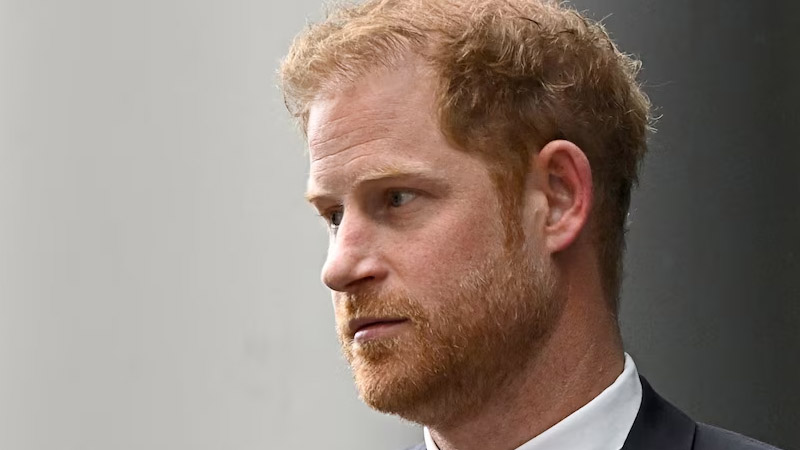Royal experts have started to raise questions about the conspicuous absence of Prince Harry from the Royal Family’s official online platforms. This issue has been highlighted by royal commentator Daniela Elser in a recent article for News.com.au, where she explores the reasons behind the apparent ‘trimming’ down of Prince Harry’s presence.
Daniela Elser’s analysis points out that all references to the Duke of Sussex have been systematically removed from the websites associated with the Royal Family. This extends to the erasure of not only Prince Harry’s personal statements but also any mention of his and Meghan Markle’s activities as part of the Sussex brand.
In the piece, she referenced the removal of Prince Harry’s statement, and all subsequent ‘Sussex mentions’. It began with the expert asking, “Where have the Harry statements gone?” “And why has his famous, barnstorming line-in-the-sand, gauntlet-laying-down declaration about Meghan, amongst other items, been removed by the palace?”
For those unversed, as of right now, there are no mentions of the Duke and Duchess of Sussex associated with the site, and only one of Queen Camilla’s visits to the East Sussex Literary Festival can be found. In the eyes of Ms Elser, “this deletion of the November 2016 statement comes after the royal family has already repeatedly trimmed, if not downright lopped, the Sussexes’ presence on the royal website.”
Currently, the Royal Family’s digital presence noticeably lacks content related to the Duke and Duchess of Sussex. This stark absence contrasts with the still-visible details of other royal engagements, such as Queen Camilla’s visit to a literary festival in East Sussex. This selective portrayal and curation of content on official platforms have not gone unnoticed by observers and followers of royal affairs.
Elser’s article does not merely document these changes but also delves into the potential implications and the broader context within which these decisions were made. The removal of Prince Harry and his wife from the online narrative of the Royal Family seems to be a strategic decision, though the exact motives and objectives behind this move remain a subject of intense speculation and discussion among royal commentators and the public alike.
As this situation continues to unfold, the discussion around it encapsulates the ongoing challenges and dynamics within the Royal Family, especially in how they relate to public and digital perceptions. Elser’s critique invites readers to consider the complexities of royal image management in an era where public scrutiny is incessant and all-encompassing.

